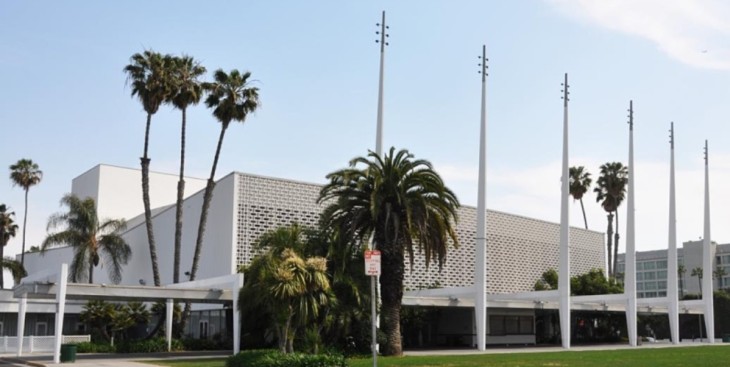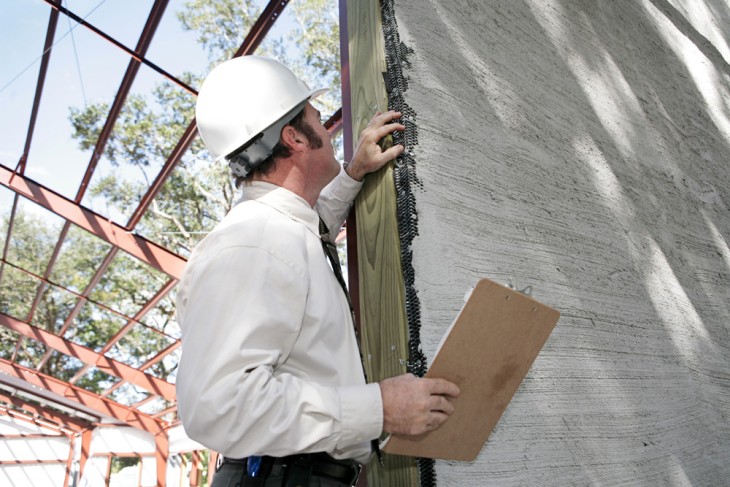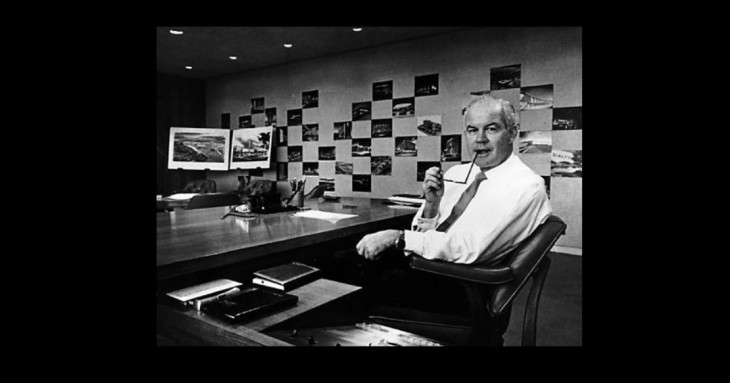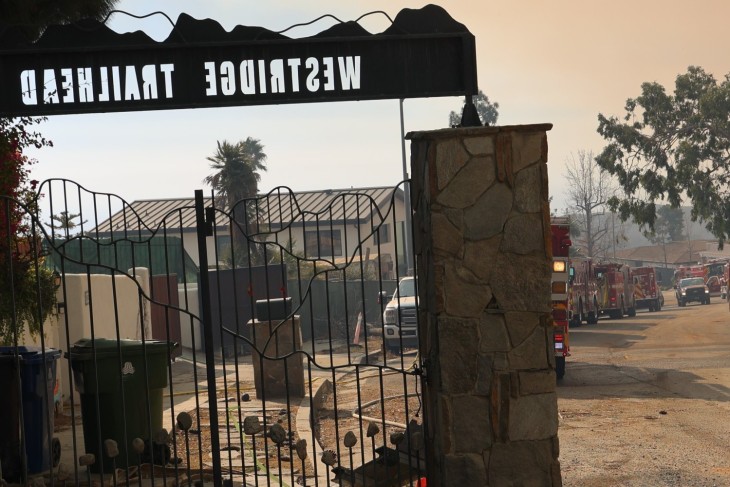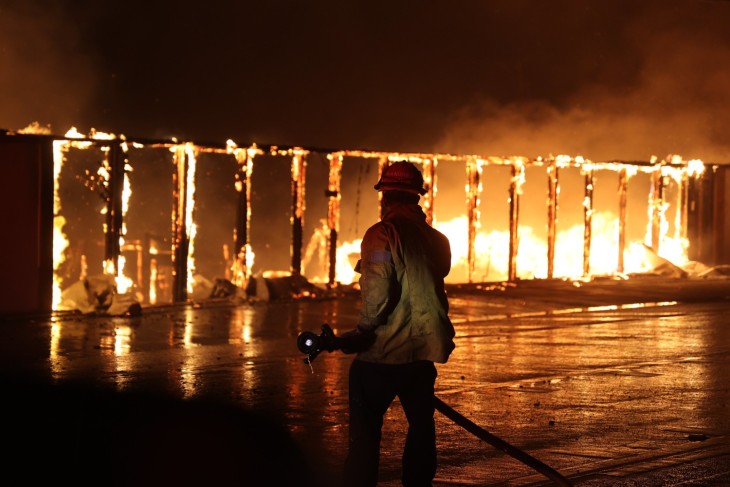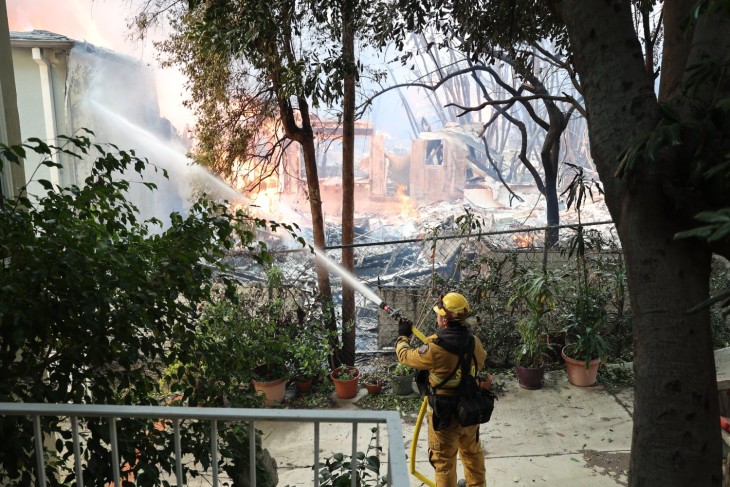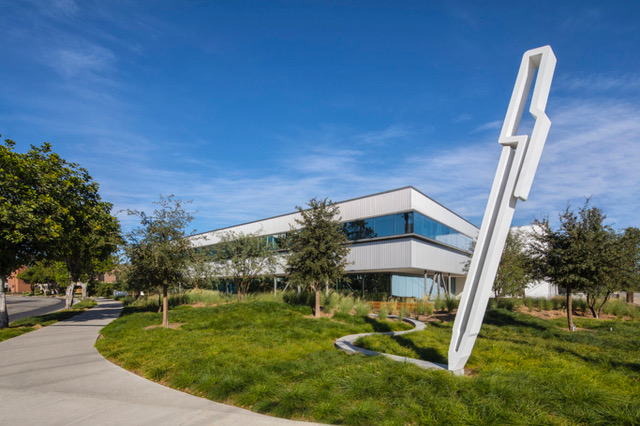No one knows better than Democratic Party politicians that voters who tend to support them are at high tide in November general elections during even-numbered years when offices like President and governor and U.S. senator are at stake.
Turnouts are far lower in primary elections, special elections and those held in some cities during odd-numbered years.
That’s the main reason why voters last June saw no citizen-inspired initiatives on their primary election ballots – and also a big reason why the turnout then was a record low for a primary election. Turnout was also depressed because Gov. Jerry Brown was virtually unopposed in his party and a shoo-in to move on to November.
Knowing all this, Democrats who control city councils from Sunnyvale to Livermore to Santa Monica have for several years been placing measures on local ballots aiming to consolidate their votes with the wider elections held every other November.
These measures usually pass by margins of 70 percent or greater, as voters would rather do their chores all at once and not be bothered in odd-numbered years. They also don’t mind the fact that consolidation saves millions of tax dollars around the state.
If maximum public participation is the goal, this is a good thing. Look what happened in the last municipal election in Los Angeles, California’s largest city: Eric Garcetti became mayor by about a 54-46 percent margin over fellow Democrat Wendy Gruel in balloting where only about 13 percent of city residents voted. This means Garcetti, whose position makes him influential in both state and national affairs, was actually elected by about 7 percent of U.S. citizen Angelenos. How representative is that?
So it should be no surprise that an election reform commission appointed by Garcetti and City Council President Herb Wesson (a former state Assembly speaker) now calls for a local proposition to move Los Angeles elections into even-numbered years.
There’s also no doubt that shifting votes to even-numbered years, with runoffs in November, is good for Democrats. “This will especially increase turnout of African Americans, Latinos and Asian Americans,” said Loyola Marymount University Prof. Fernando Guerra, the commission chairman.
As it happens, all those groups have voted overwhelmingly for Democrats over the last decade or more, the only exceptions coming when muscleman actor Arnold Schwarzenegger twice ran for governor.
So the election consolidation moves, besides increasing voter turnout, are also likely to increase Democratic control of cities making those changes.
The same theory applied to ballot initiatives when the Democratic-dominated Legislature voted three years ago to put them all in Novembers of even-numbered years, except when a statewide special election is called before then.
When he signed that switch into law, Gov. Jerry Brown took note of the hugely greater turnout in general elections over primaries. “This is the essence of democracy,” Brown said. He noted that in 2010, when he ran in both June and November, 10.3 million voters turned out in the fall compared with just 5.7 million in the June primary. At the time, a Field Poll found that majorities of voters of all parties supported the switch.
But this spring, with no initiatives on the primary ballot and nothing much else at stake in most districts, turnout fell to a record low, well below 2010 levels.
It will likely come back up again this fall, when measures on subjects from gambling to health insurance rates should galvanize voter interest.
The switch to autumn-only for initiatives gets California back to where things were prior to 1970, when citizen-inspired measures first appeared in primary votes. Republicans plainly don’t like the reversion, knowing important issues will be decided when Democratic voting is at its apex.
“This kind of political game-playing sends a clear message that the governor and Legislature have no intention of working in a bipartisan manner,” Bob Dutton, then the state Senate’s minority leader, said when Brown signed off on the switch.
Right now, though, there’s only one thing Republicans can do to avoid having more cities and more initiative results dominated by Democrats: Sign up new voters and try to get their party – now trailing by about 15 percent in voter registration – back to parity with the Democrats.





